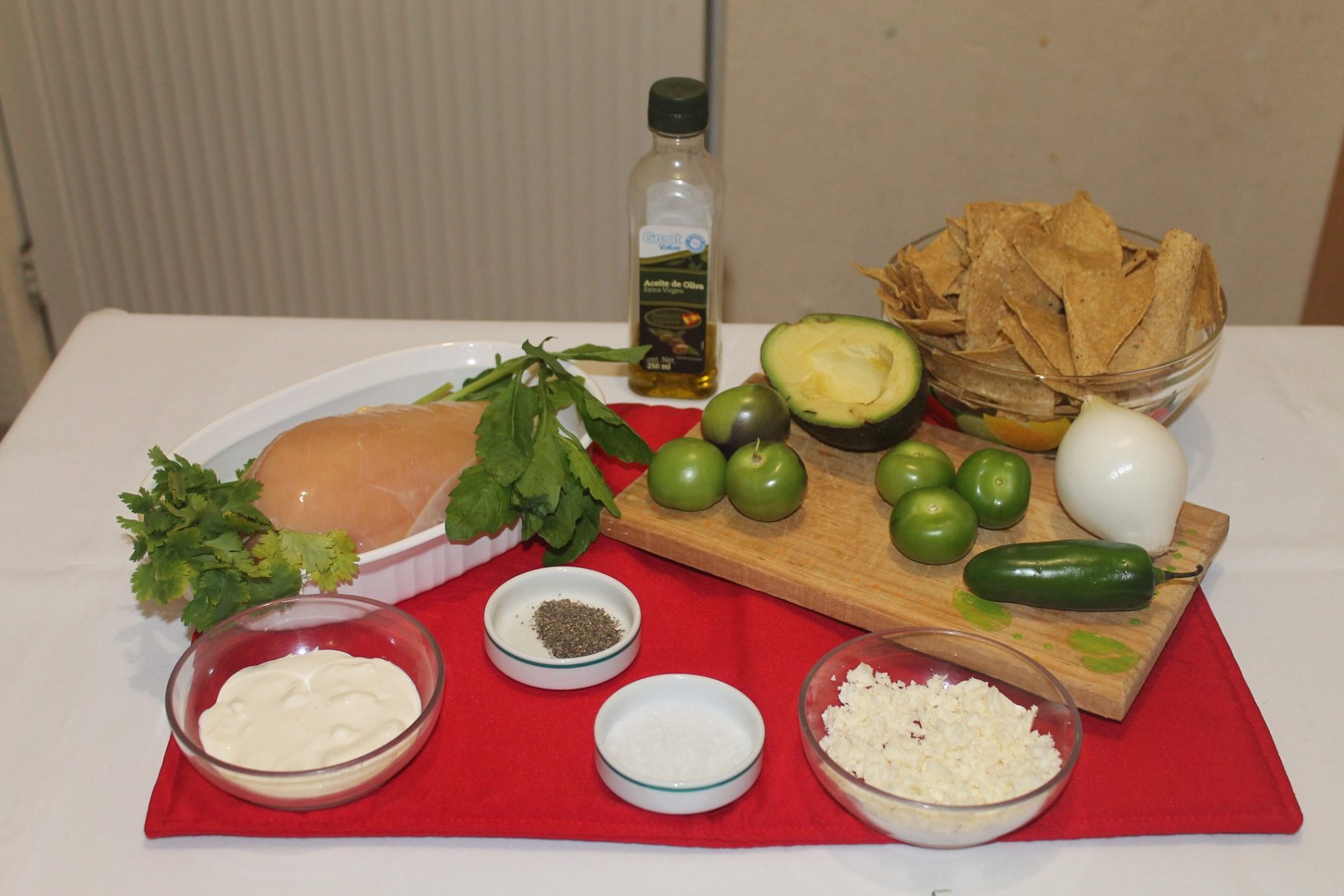Ser and Estar: Spanish Verbs «To Be»
One thing that takes a little getting used to when you’re new to Spanish is the fact that there are two verbs meaning “to be.” Ser is used for permanent conditions while estar is temporary. You’ll want to learn the conjugations for these verbs plus the Spanish pronouns before continuing with this post.
Watch this short video and follow along to learn some examples of how to use ser and estar – the Spanish verbs “to be.”
Here are the examples in written form for you to study.
(Yo) soy de Estados Unidos.
I’m from the United States.
(Tú) eres maestro.
You are a teacher.
Usted es casada.
You are married.
Él es joven.
He is young.
Ella es bonita.
She is beautiful
Nosotros somos amigos.
We are friends.
Ustedes son estudiantes.
You are students.
Ellos son mis vecinos.
They are my neighbors.
Ellas son amigas.
They are friends.
(Yo) estoy en la casa.
I’m at the house.
(Tú) estás ocupado.
You are busy.
Usted está en el banco.
You are at the bank.
Él está de vacaciones.
He is on vacation.
Ella está triste.
She is sad.
(Nosotros) estamos felices.
We are happy.
Ustedes están en la escuela.
You are at the school.
Ellos están enfermos.
They are sick.
Ellas están en el cine.
They are at the cinema.
About the Author:sasha
Sasha is a teacher, student, writer, photographer, web designer, and videographer from the great state of Michigan. Upon graduating from Michigan State University, he moved to China and spent 5+ years living, working, studying, and traveling there. He also studied Indonesian Language & Culture in Bali for a year. He and his wife run the travel blog Grateful Gypsies, and they’re currently planning a trip through Central/South America.
Posteado en Spanish Articles (Facebook)




